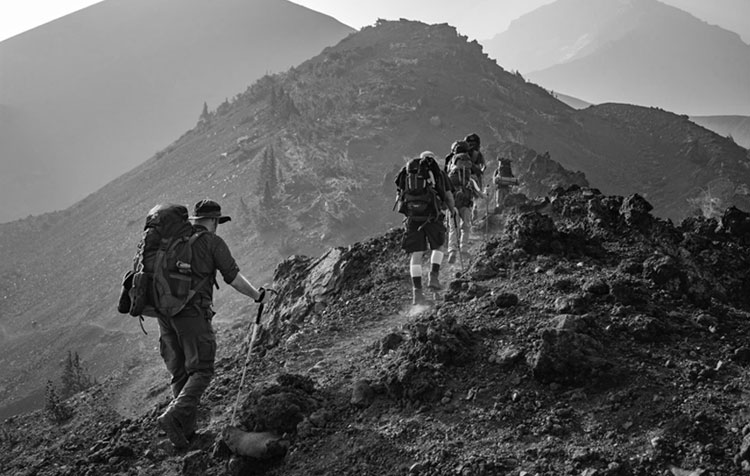Do you like to spend time on the mountain and do you like to go on a day hike or even an alpine trekking tour? Then you should definitely know the risks that you might encounter there. Many of them are probably known to you - but one or the other tip is guaranteed to raise your awareness of the dangers on the mountain and help you to be more (tread) safely.
In the following article I would like to show you the biggest risks when hiking, which lurk on your way over hill and dale. So that you are spared strained ligaments, falls, as well as sudden weather changes and you can avoid expensive and dangerous mistakes. Let's go!
In advance, here is a brief overview for you:
- Lack of self-assessment
- Neglect the weather
- Ignorance of the difficulty levels
- Misjudge the terrain
- Save on equipment
- Not be insured
- Do without good leadership
- Do not have emergency numbers ready
- Get too close to animals
- Do not have food with you
1. lack of self-assessment
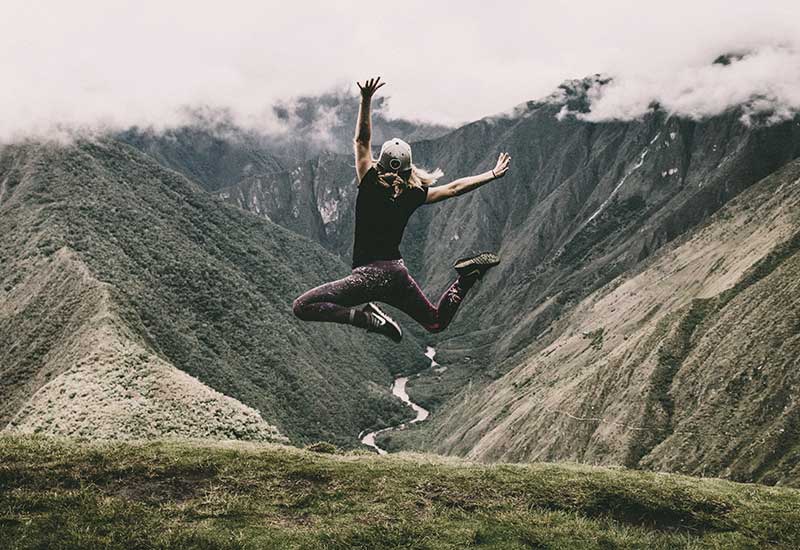
The majority of alpine accidents happen because of the "human" factor - so we ourselves are also among the greatest dangers when hiking. You yourself and of course your companions should be able to realistically assess their own abilities and fitness. Overconfidence is probably one of the most dangerous risks mountaineering - it doesn't even matter if you're going on a high alpine trekking tour or just want to scramble around on your local mountain.
2. neglect the weather
Thunderstorm make the tour or descent, for example, a dangerous undertaking, because you have neither shelter nor transportation.
The danger of slipping while hiking in the mountains exists in wet terrain anyway, but dense fog that blocks your view can also become a threat to your own safety. If you are hiking in groups, then it is recommended in such situations, stay close together.
Part of judging the weather is looking at your the right season for your tours. High-mountain hikes are usually only in season during the summer months - which, by the way, is also the season for heat storms with heavy rain and lightning. Observe explicitly the cloud formation, because strong source clouds and sharp cloud edges are a sign of impending thunderstorms.
Good to know: How hang Extreme weather and climate change actually together? Find out in the linked article!
3. ignorance of the difficulty levels
In mountain hiking, there are countless different routes and ascents, each corresponding to a difficulty level. This means that you research before the start should, how it behaves with the planned tour so.
The UIAA scale, a Difficulty scale for mountain and climbing sportsThe Roman numeral is often used in Europe to indicate the difficulty of a tour. You should take a close look at these and know exactly what to expect with the Roman numerals from I to XII. This way you can prevent typical dangers when hiking.
ImportantDon't blindly trust a number, because a difficulty level is not directly related to risk, even though it may seem to be. On the contrary! Especially difficult tours are usually very well secured. Decisive are your Fitness as well as your skillswhich you - according to the 1st tip - can estimate exactly.
4. misjudge the terrain
Again, directly related to point 1 is the assessment of your surefootedness as well as the respective terrain. Steep slopes, exposed areas, falling rocks, snowfields and ground that gives way are factors that massively increase the risk of a hike. Here is Mindfulness required - by all parties involved.
Not all terrain requires the same behavior - it is best to quickly leave behind a section that poses a risk of falling rocks. Loose ground you walk best accordingly slowly and carefully.
5. save on equipment
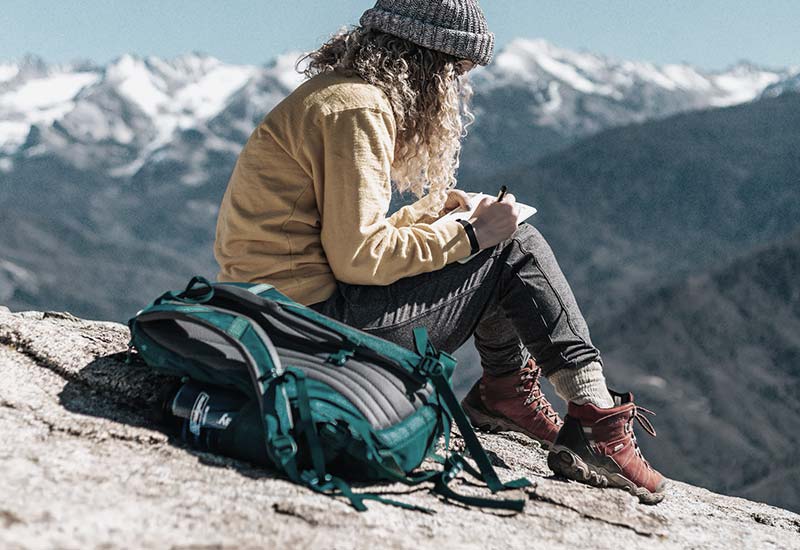
The following follows from the fourth point: The respective conditions in the terrain require different equipment. With sporty light hiking boots you can probably get to the next alpine hut on your local mountain without any problems, and you can probably do without a headlamp and a GPS device.
However, you should probably not undertake an alpine trekking tour with this footwear. Here you need something more robust for your feet. Also, you should not wear your Break in hiking boots and rely on high-quality hiking socks - so you prevent sweat and blisters.
Of course, there are many more pieces of equipment than just your shoes and socks that may be necessary for your hiking experience. Water bottles, first aid kits, map and compass, sunscreen, rain gear, etc. all belong in your well packed hiking backpack.
6. have no insurance
There are definitely insurances that make sense for mountaineers, because health insurance alone covers not all services in the course of a mountain rescue or recovery operation.
What is the difference between salvage and rescue? A rescue is medically necessary because you have injured yourself and can't get any further. Obviously self-inflicted situations from which you need to be rescued fall under the heading of rescue. Neither private nor statutory health insurance will pay for damages that are preceded by an incorrect (self-)assessment.
For this you should also an accident insurance have. It pays for any disability caused by an accident (on the mountain). You can also specify that the accident insurance applies to rescue and recovery operations.
What is invalidity? The term refers to the consequences of your accident - the injury, illness, or wounding - that left you in your service, earning and working capacity to a certain percentage (0 to 100) permanently restrict physically and/or mentally.
Also recommended is a Membership with the Alpine Club. It costs only a few euros a year and you are insured for any rescues and recoveries - even if you are at fault.
7. do without good leadership
Again we come back to point 1 - self-assessment. If you are planning a challenging tour, you are sure of yourself and you also know the corresponding requirements so a guide does not always have to be with you.
However, you can significantly increase your safety and that of your companions if, for tours in the upper range of the UIAA scale on the road with a mountain guide are. You know exactly the possible hazards and are trained to recognize and avoid threats to the safety of hikers.
8. do not have emergency numbers ready
Should you really not be able to get back and forth, the mountain rescue service will come and get you out of your predicament. Under 112 you reach them. If you want to tackle a safe mountain tour, you have this number saved. Thinking about potential hazards when it's too late is probably the biggest risk - and results from poor preparation.
9. getting too close to the animals
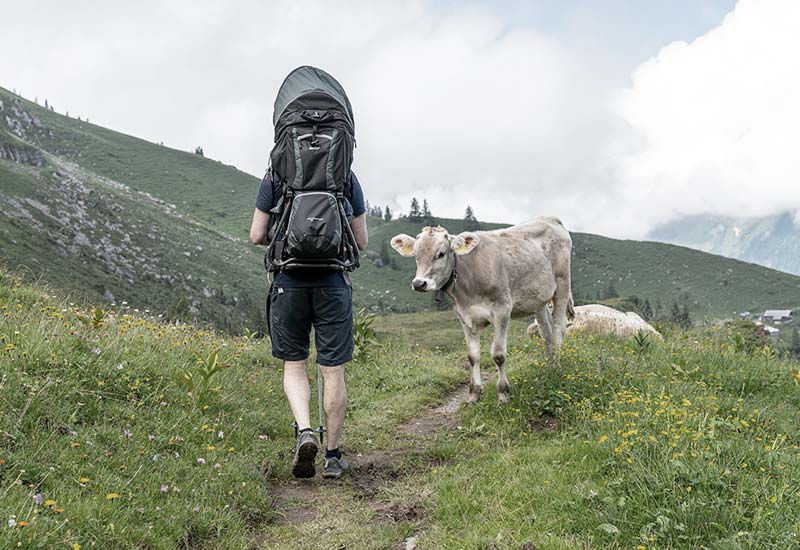
On the way to the summit you will see one or the other animal - maybe even an ibex in the wild. Rarely will this one come up to you.
The situation is different with Grazing cattle you get too close to. Younger animals may approach you directly, especially if you have food in your hand. Mother animals, on the other hand, see you as a threat and will defend their calves. It's best to react without hurry and move on in a relaxed manner. If there are dogs with you, they are keep on a leash, because free-roaming dogs, which additionally also bark, frighten the animals.
10. do not have food with you
It goes without saying that you should not start a mountain hike of several hours without food. You will not find a catered hut on all summits, which means that you should especially in the heat have enough water with you. A lightweight and unbreakable bottle with a capacity of at least one liter is recommended.
Energy bars and snack packs or a snack will give you the necessary energy for the storm to the summit or the demanding trek through the Alps.
Know the risks of mountain hiking and keep them as small as possible
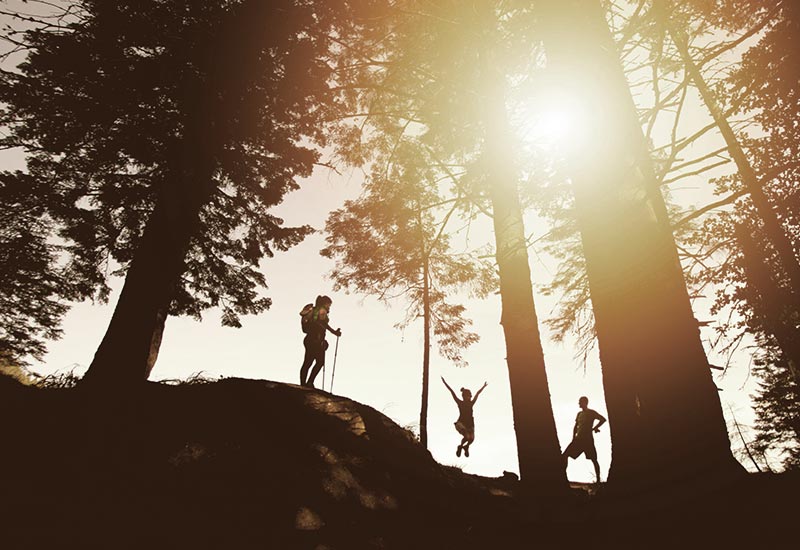
The risk can never be completely eliminated in activities like mountain hiking, but that's not why you're out and about in the great outdoors. However, there are a few measures that you can easily take yourself to avoid mistakes and to be able to undertake the safest possible mountain tour with your companions. The basis is your realistic self-assessment, insurance, equipment and knowledge of the weather are important factors in mountain hiking.
I hope that my tips and advice could help you to make your next mountain tour even safer. Do you have any questions or further advice from your own experience to reduce the dangers while hiking even further? Then I look forward to your comment!
Stay healthy and active,

PS.: Did you know that also in and on Swimming lakes dangers lurking? In the linked article, you can now find out what risks exist at stillwaters and how you can avoid them.

